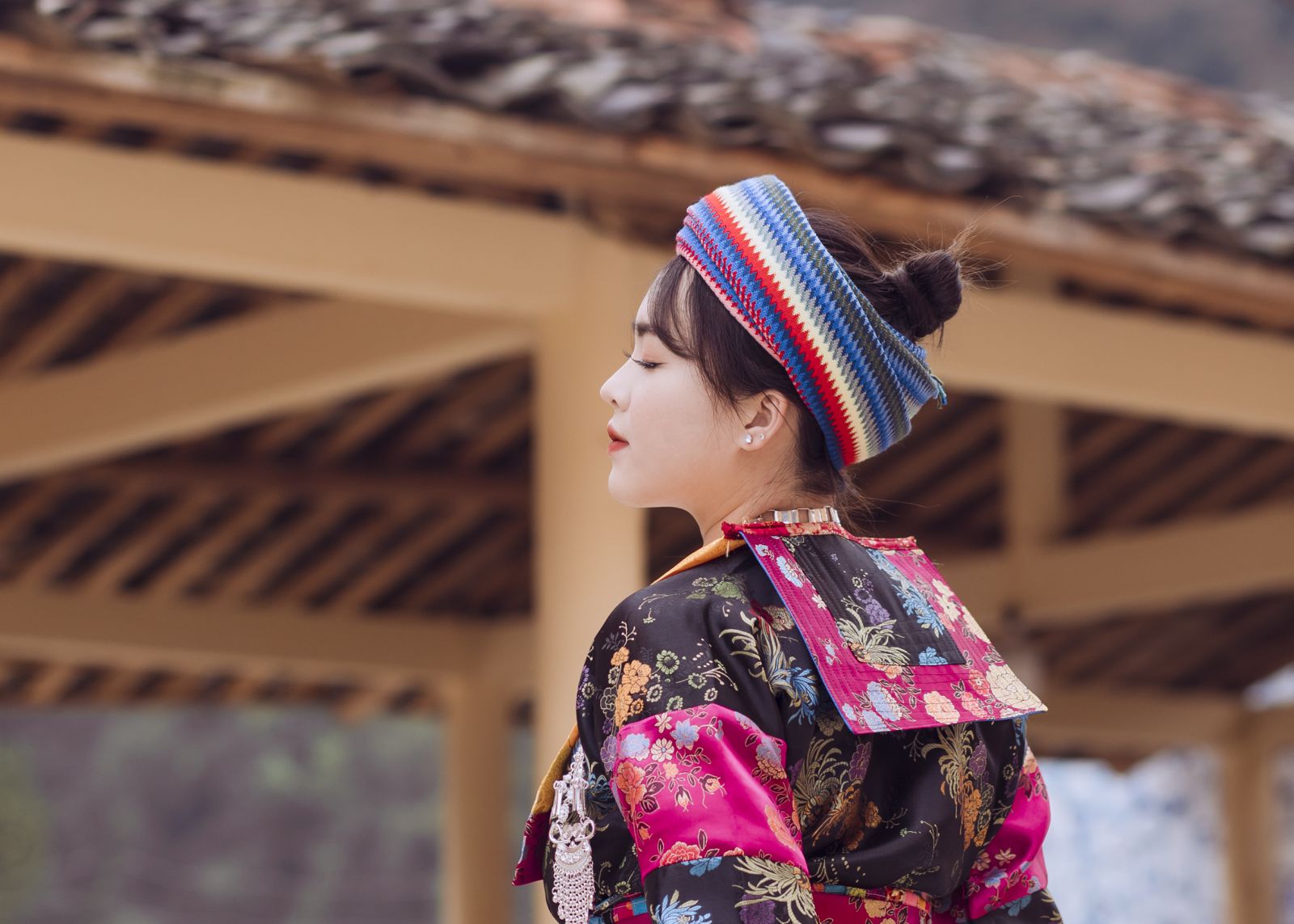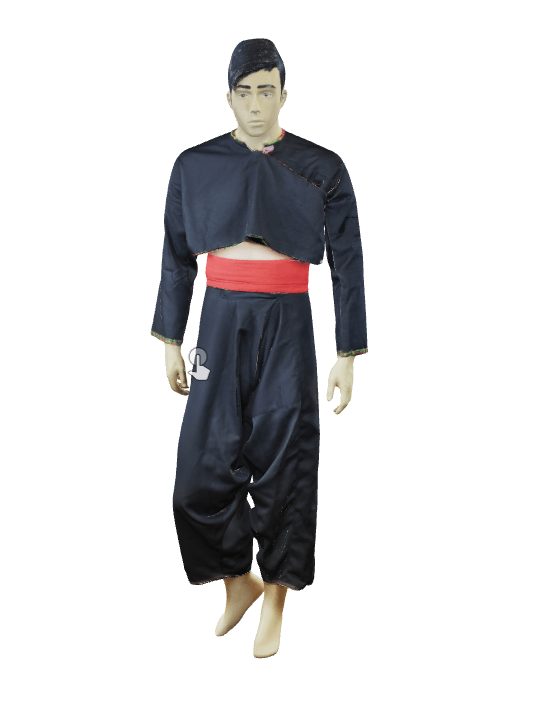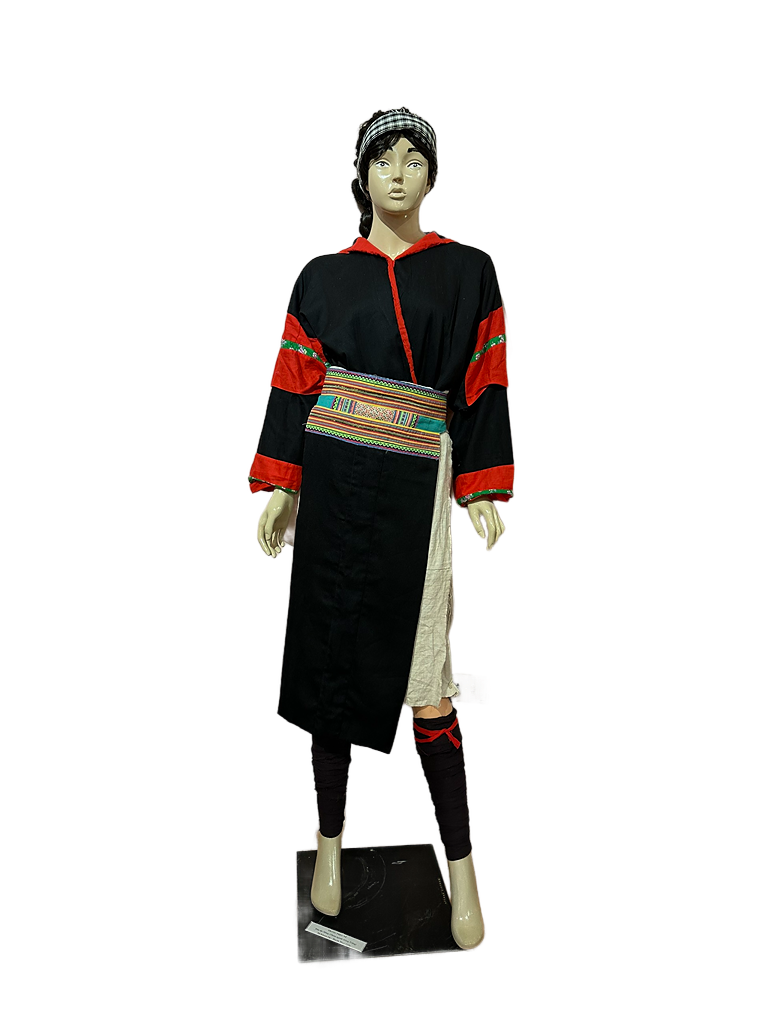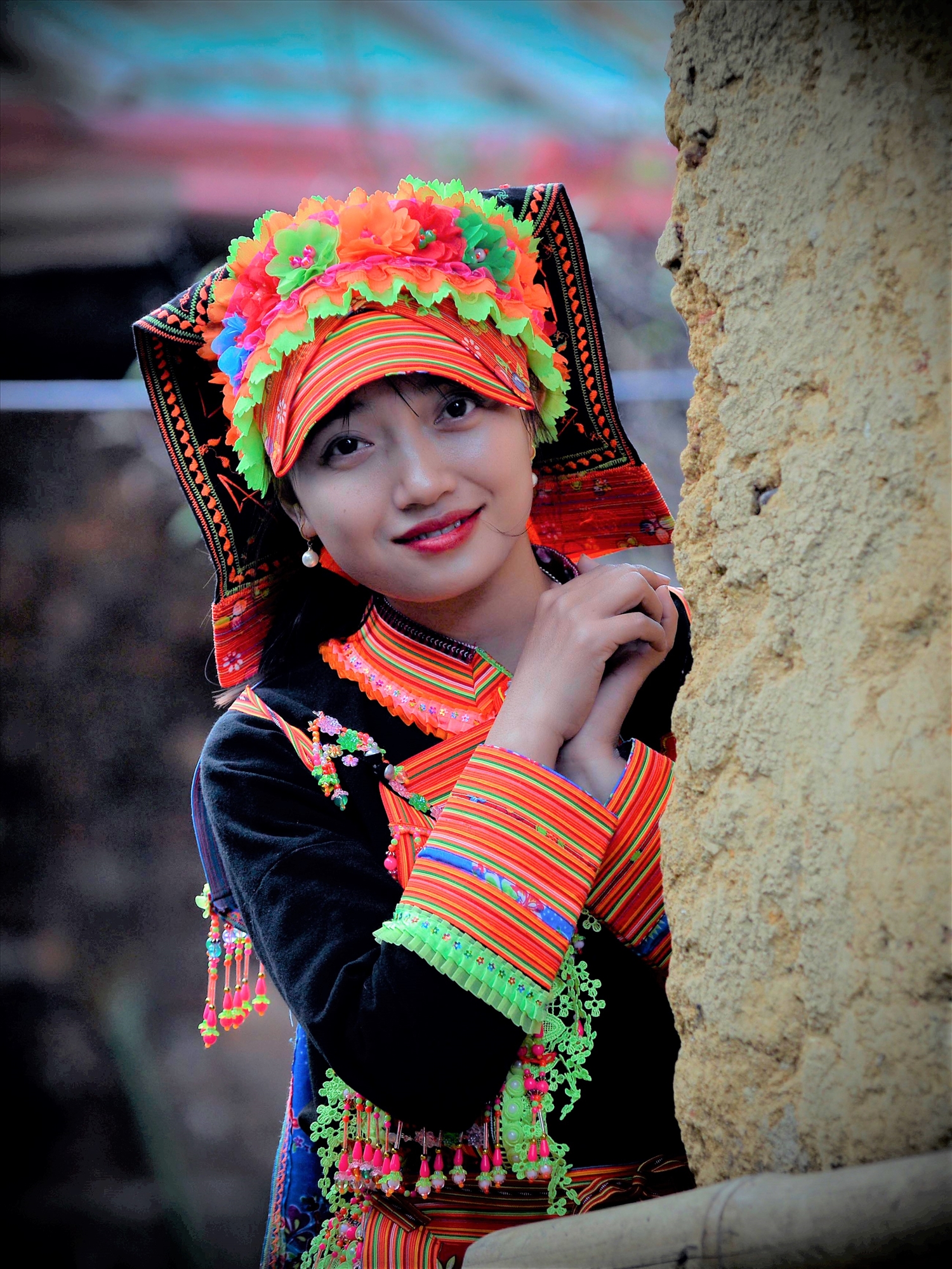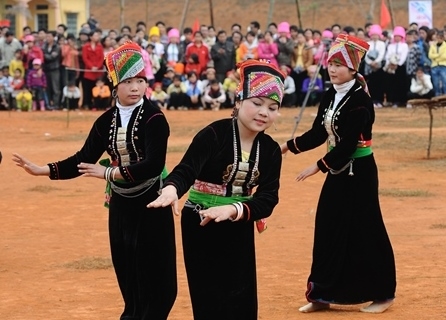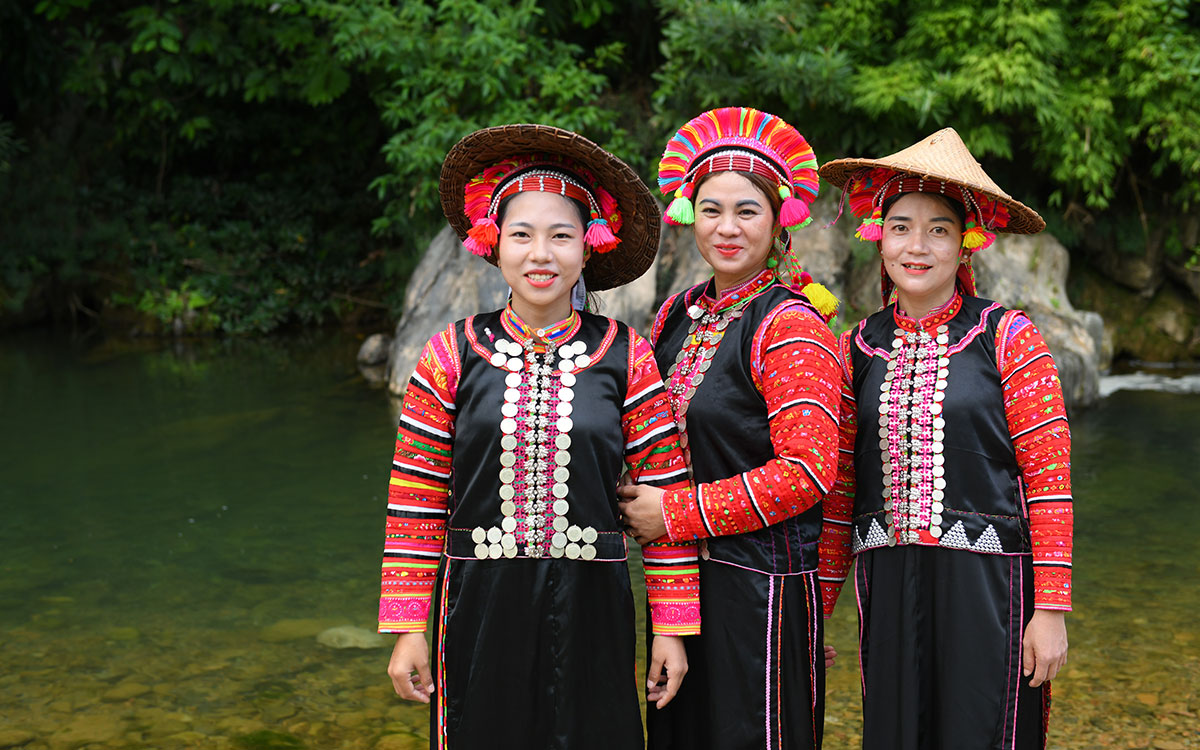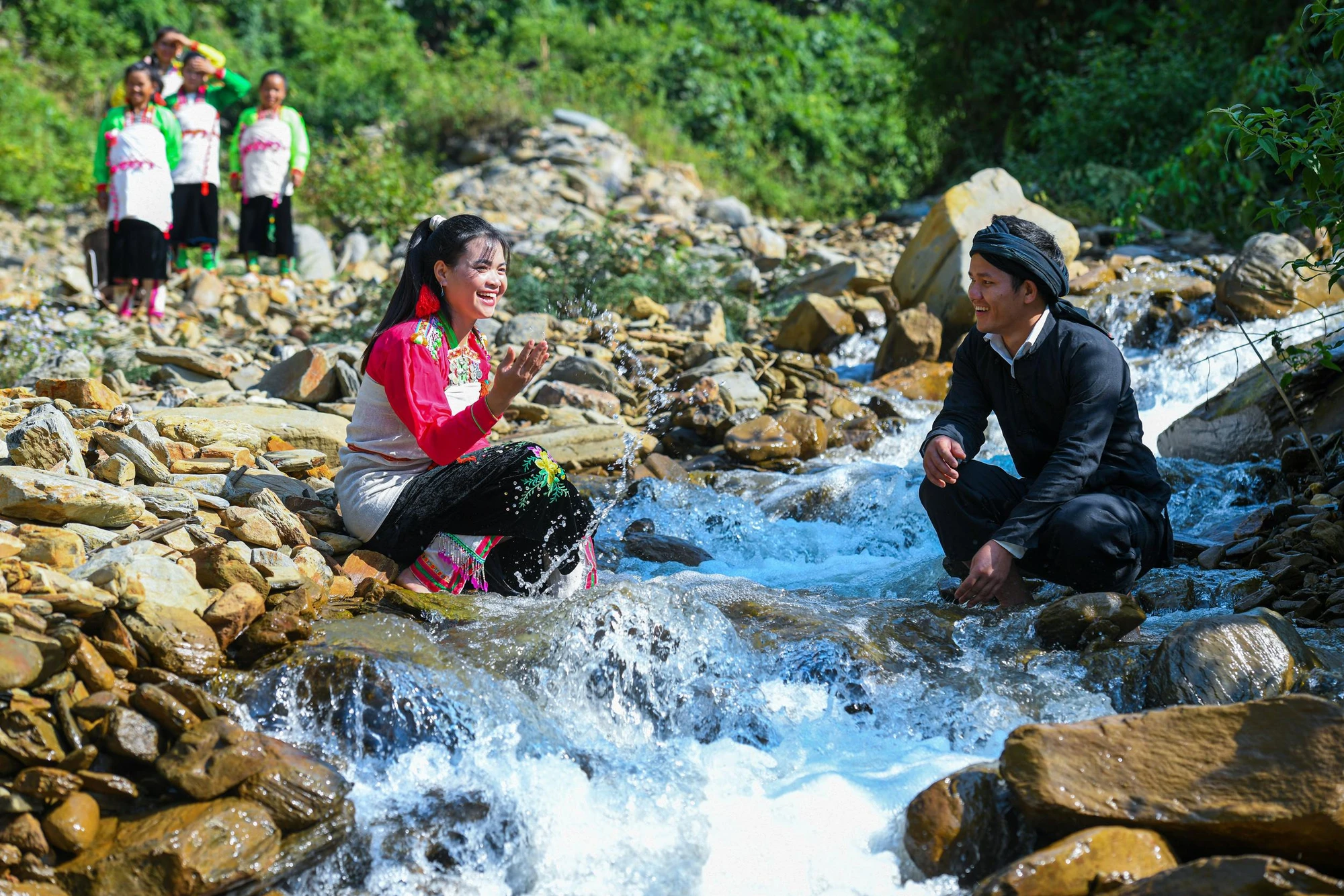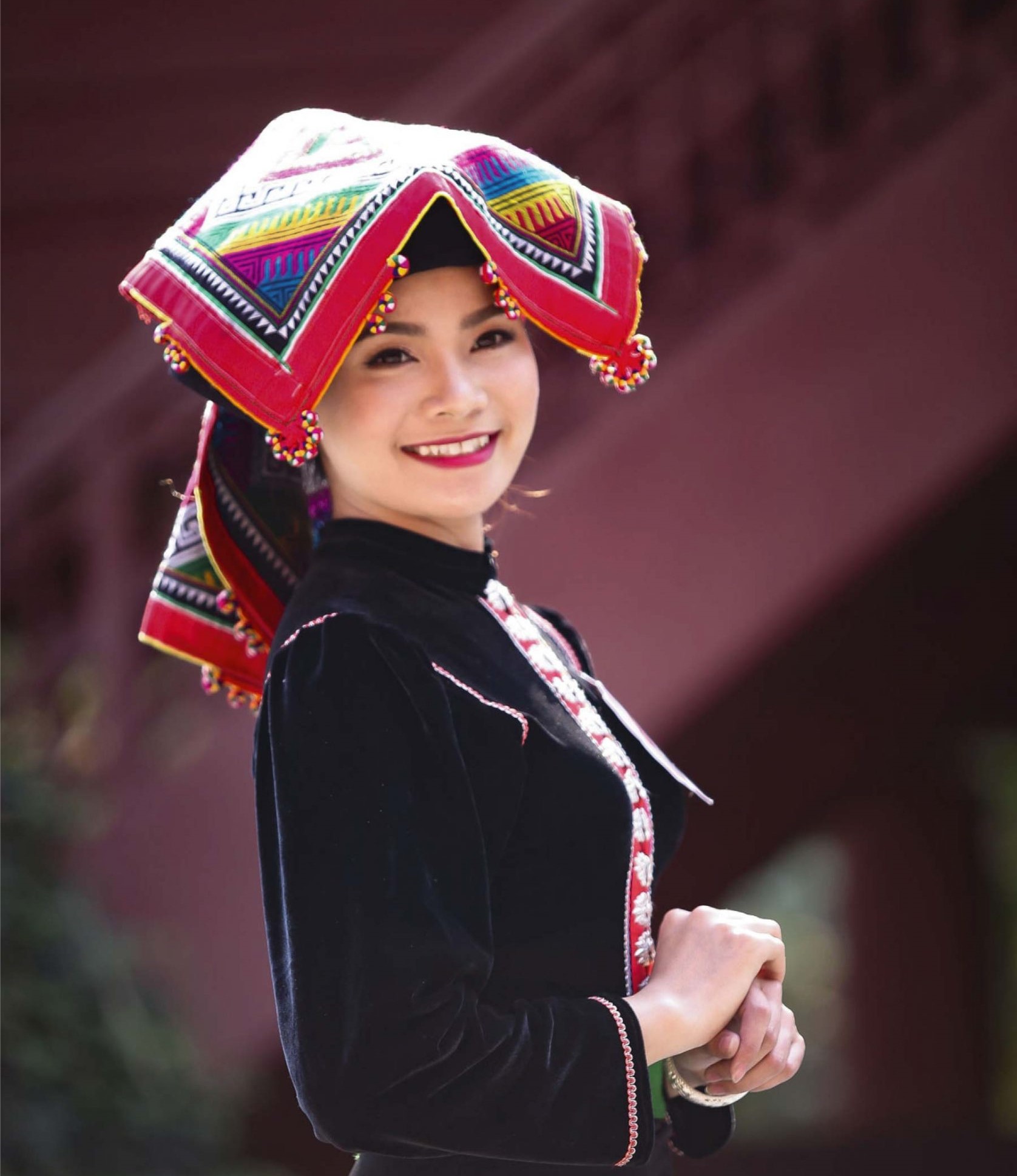HMONG ETHNIC GROUP (MÔNG TRẮNG - WHITE HMONG)
INTRODUCE
- General overview
The Hmong people in Lai Châu are divided into five main branches, distributed across various regions as follows:
White Hmong branch (Mông Đơư) is the largest branch, accounting for over 60% of the Hmong population in the entire province. They live in 8 districts and cities, with the highest concentration in districts such as Mường Tè, Sìn Hồ, Phong Thổ, and Than Uyên. In Sìn Hồ district, they primarily live in the two highest villages of the commune and a lowland village adjacent to Chăn Nưa and Nậm Pì commune, Nậm Nhùn district, without intermingling with other ethnic groups. They mainly inhabit highland areas with a cool climate all year, at elevations ranging from 1000 to 1600 meters.
Flower Hmong branch (Mông Lềnh) resides in Tam Đường and Tân Uyên districts.
Black Hmong branch (Mông Đu) lives in Sìn Hồ and Phong Thổ districts.
Red Hmong branch (Mông Si) accounts for a small proportion and lives in Dào San and Tung Qua Lìn communes, Phong Thổ districts.
Green Hmong branch (Mông Sua), sometimes called Blue Hmong, is a small proportion and reside in Ma Sang village, Nậm Pì commune, Nậm Nhùn districts.
Although classified into five different branches, they are basically the same in culture, customs, and traditions. The main differences among these branches are primarily based on women's traditional attire.
As of December 31, 2018, in Lai Châu, the Mông ethnic group comprises 19,320 households and 106,090 individuals, accounting for 23.51% of the province's total population. They live in eight districts and the city. Of which, the city: 540 households, 1,334 people; Tam Đường district: 3,982 households, 20,834 people; Than Uyên district: 1,241 households, 7,029 people; Tân Uyên district: 1,844 households, 10,506 people; Phong Thổ district: 3,950 households, 21,361 people; Sìn Hồ district: 5,142 households, 28,701 people; Mường Tè district: 1,070 households, 7,174 people; Nậm Nhùn district: 1,551 households, 9,151 people.
- Village space
Hmong people's village names are often named after natural geographical features, such as Mô Cổng village (underground water area), Tào Hùa Cháng (forest of ban flowers), ... Hmong villages come to reside after the Thái people typically adopt names from the Thái people, such as Nậm Giắt, Phiêng Luông, Pa Khôm, ...
Depending on the natural terrain, villages are distributed differently. Some villages are scattered, consisting of only a few houses spread along the forest or mountainside. Others are more concentrated, including several dozen households. Nowadays, some Hmong villages have grown to include hundreds of households, particularly in areas with relatively flat terrain.
In addition to residential areas, each village also has designated land for cultivation and exploitation (mountain forests, water sources, cemeteries, etc.). These areas are determined by oral agreements between residents of different villages. The boundary markers are defined based on natural features such as rocks, roads, mountain paths, hill streams, big tree stumps, forks in the road, etc. Although these boundaries are somewhat informal, they are respected and maintained by the villagers. The determination of boundary markers is often achieved through consensus within village elder councils between relevant villages. This is a non-official way of delimitation because there is no participation in determining and recognizing by administrative authorities. Additionally, there may be boundary divisions based on national maps.
- Living space
The Hmong ethnic group primarily resides on high mountain slopes with harsh and cold climates, closely connected to forested areas. Houses are made of wooden planks, thatched or stone walls are most suitable, utilizing locally available materials. These houses provide warmth in winter, coolness in summer, and are effective in resisting intruders and wildlife.
Hmong people often build houses according to the terrain, facing west or north, on mountain slopes with a stream in front and a mountain behind. Before building a house, people must consider whether the selected land is good or bad. They dig three holes: one for the ancestral altar, one for the kitchen hearth, and one for the living room. Three bowls of rice (or corn) are placed in each hole and then covered with an upside-down bowl. The next morning, when opened, if the rice bowls do not change position and are not moldy or gnawed, the land is considered good; otherwise, it is bad. The land is extremely bad if ants or other creatures take the rice.
After selecting good and fertile land, they will proceed to level the foundation, set the pillars, construct the walls for old ground-level houses, or build frames, roofs, planks, or bamboo walls for others. When building a house, the most important thing is to build the "cột ma" (spirits column). Before erecting the pillar, the homeowner slaughters pigs, and chickens to worship it. When erecting the "cột ma", they have to choose a good day and hour. After finishing, they must perform the "ma nhà" (spirits of the house) and "cột ma" ceremonies. The homeowner is the first person to kindle the fire in the stoves, marking the initiation of a new life in the house. On the other hand, building a house is an important event in a person's life, so, similar to other ethnic groups, the day of moving into a new house is a momentous occasion for the Hmong people. On that day, whether rich or poor, people organize joyful feasts, offering mutual congratulations and wishing each other well.
In terms of form and scale, to protect against wind, cold climate, and frost in the highlands, Hmong people's houses are ground-floor houses, usually low, sturdy and discreet. The houses usually have three spaces with two wings, featuring two doors - the main door in the center and a secondary door on either side. The walls made of planks, thatch, or stacked stones acting as protective fences. The central space is placed an altar for ancestor worship and storage for production tools, while the two side spaces each is a bedroom or kitchen. Depending on each family, the kitchen and bedroom may be placed on the left or right side. Typically, families with surnames like Thào, Giàng, Vàng families... position the kitchen and bedroom on the right side, while those with surnames like Mùa, Hầu... place them on the left.
The main door usually hangs a rectangular red cloth or paper with auspicious symbols for good luck. Some houses also hang a cup of pure spring water in front of the door, scooped on the first day of the Lunar New Year, symbolizing the wish for peace, prosperity, and abundance. The cup of water is wrapped in a red cloth and remains hanging all year and replaced on the first day of the new year.
